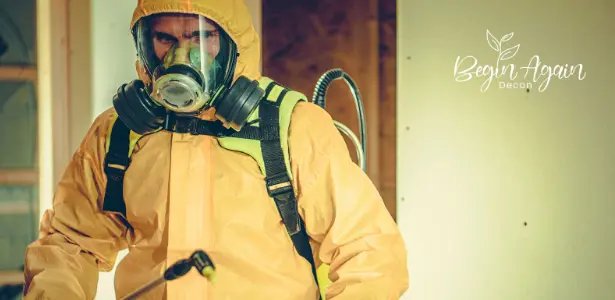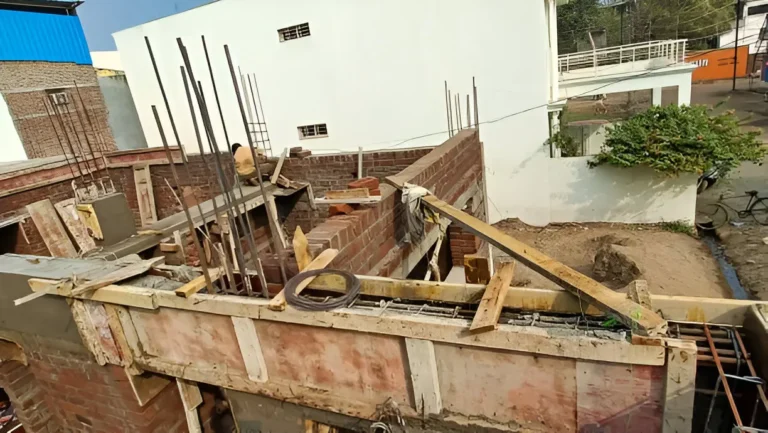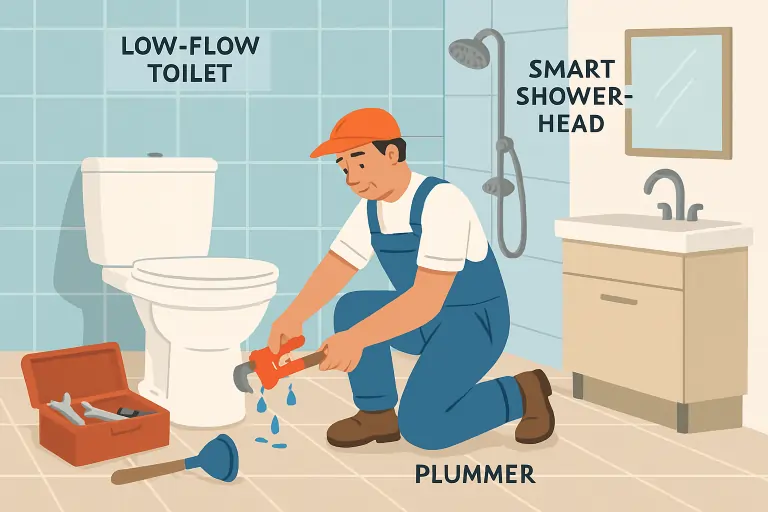Recognizing the Telltale Signs That Indicate It’s Time for a Roof Replacement
Table of Contents
- Introduction
- Age of the Roof
- Visible Damage to Shingles
- Leaks and Water Stains
- Sagging or Drooping Roof
- Growth of Moss or Algae
- Damaged Flashing
- Increased Energy Bills
- Daylight Through Roof Boards
Introduction
Keeping your roof in optimal condition is essential for safeguarding your household and property value. Over the years, even the strongest roofing systems can become worn and vulnerable to damage caused by weather, age, and other factors. If you start noticing problems with your roof, taking prompt action can prevent minor issues from developing into major expenses. Contact local professionals who can provide roof replacement services in Charlotte NC trusted experts, to assess whether your roof requires replacement.
Your roof is the first defense against harsh elements, shielding you from rain, wind, and extreme temperatures. Neglecting signs of deterioration might result in leaks, energy inefficiency, or ever-worsening structural problems. Detecting and understanding these indicators gives you the power to plan repairs or a timely replacement and protect your home’s integrity.
Addressing roof problems early safeguards your family’s comfort and saves money in the long run. Periodic inspections and awareness are critical for preventing water infiltration, loss of insulation, and costly structural repairs. Proactive replacement decisions are an investment in your property’s future.
Consulting with experienced contractors can give you confidence and clarity if you’re unsure about your roofing concerns. Beyond visible symptoms, industry resources like Amica Insurance provide additional information about what to look for when evaluating your roof’s condition.
Age of the Roof
Most residential roofs are designed to last between 20 and 25 years, with some variations depending on materials and installation quality. Asphalt shingle roofs, for example, usually need replacement by the end of that range. If your roof is approaching—or has passed—this expected lifespan, it’s important to start monitoring for deterioration. Aging roofs lose their ability to keep out moisture and block drafts, making replacement a smart preemptive step rather than waiting for leaks or catastrophic issues to develop.
Visible Damage to Shingles
Shingles are your roof’s exterior defense layer. These are clear red flags if you see problems like curling, cracking, missing, or granule loss on shingles. Damaged or absent shingles expose the underlying decking to weather and UV rays, accelerating future wear and raising the risk of leaks. Scheduling regular checks—especially after storms—lets you catch these issues before they escalate and supports your claim if insurance coverage is needed. Farm Bureau Financial Services states that even seemingly minor shingle problems can hint at widespread roof deterioration.
Leaks and Water Stains
Water stains or discolored patches on ceilings and walls are unmistakable signs of roof leaks. Persistent leaks create the perfect environment for mold growth and can weaken structural elements like beams and rafters over time. Attending to small leaks rapidly can sometimes prevent a complete replacement, but recurring or widespread leaks often mean your roof’s barrier is fundamentally compromised and requires replacement to avoid further property damage.
Sagging or Drooping Roof
Sagging, bowing, or drooping in any part of your roofline usually stems from underlying structural failures, such as rotted decking, compromised support beams, or excessive water damage. This problem should be treated as urgent, since it can signal imminent collapse and pose a home safety risk. If you notice any change in the roof’s profile, consult a professional to evaluate whether a complete replacement and repair of the structural elements is needed.
Growth of Moss or Algae
Moss, algae, or lichen thrive in shady, damp environments and may be found on roofs with poor drainage or ventilation. While a few patches are often just cosmetic, significant or recurring growth can indicate trapped moisture beneath the shingles, increasing wear and the risk of decay. If cleaning efforts don’t resolve the problem—or if moss has penetrated the shingles—it may mean that your roof is no longer protecting your home effectively and will need replacement.
Damaged Flashing
Often made of metal, flashing is used around chimneys, vents, and roof valleys to seal out water at joints or intersections. If flashing is cracked, corroded, displaced, or missing, it creates vulnerable points for water entry. When left unaddressed, this can lead to leaks, rot, and even interior water damage. Keeping flashing in good repair is vital, but if repeated issues develop, it may indicate systemic roof failure, and a complete replacement should be considered.
Increased Energy Bills
A poorly insulated or aging roof can disrupt your home’s climate control, making heating and cooling equipment work much harder. If you notice unexplained spikes in your energy bills alongside other signs of roof deterioration, your roof may be to blame. Proper ventilation and insulation in a new roof can restore energy efficiency—saving you money each month and ensuring a more comfortable environment.
Daylight Through Roof Boards
If sunlight streams through the roof boards in your attic, that’s a sure sign of roof failure. Openings large enough to let in daylight are also vulnerable to water and pest intrusion and point to a compromised roof structure. Addressing this problem immediately can prevent worsening leaks, interior damage, and avoidable expenses.
Regular inspections and being proactive with repairs or replacement are key to preserving your home’s value and safety. If you’ve observed any of these warning signs, seeking help from a qualified roofing professional will ensure your roof serves its critical protective function for years.
Also Read-






